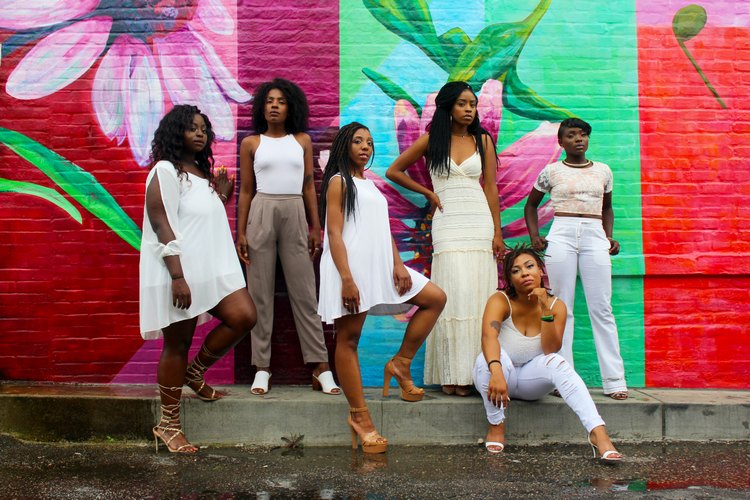Memphis style – the 80s are here again!

In the world of design and fashion, everything is cyclical. The memphis style is a good confirmation of this ─ after 40 years it is popular again. Let’s talk about how Memphis originated and what incarnations it found in the art world.

It all started in 1980 with designers Ettore Sottsass, Andrea Branzi and Michele de Lucchi. Until the 80s, the design world was dominated by the minimalism of the 70s and echoes of modernity from the 50s and 60s, the main features of which were straight lines and structure. The Memphis Group, created by Sotass, Branzi and de Lucchi, sought to move away from generally accepted standards and opposed itself to “good taste” in its traditional sense.
In fact, Memphis has become a “mockery” of severity and stiffness.

This style has always attracted the absence of the usual restrictions and clear canons. Memphis designers have designed interiors using unusual shapes, geometric patterns and vibrant open colors. A distinctive feature of the style is the abundance of patterns. Collages, comics, pop-art paintings and even frames from cult films (how not to remember Andy Warhol) are often used.

Lester Dundes, an influential publisher of Interior Design magazine, said the radical design group’s debut was “a thunderbolt of blue, red and yellow.”
Memphis-style finishes are characterized by practical and inexpensive materials in bright colors, as well as a wide variety of ornaments. For example, geometric or imitating natural motifs (leopard spots, snakeskin, etc.). Combinations of different colors and shapes can often be seen on the walls.
Unusual shapes are also one of the distinctive features of the memphis style. Interior items resemble some kind of spaceships (remember, yes, how much the 80s were focused on space – both in the film industry and in literature?)
Another example is the A tribute to Memphis furniture collection from the famous Kartell factory. This is a tribute to the famous style, from which perky ornaments and bizarre shapes were taken.

